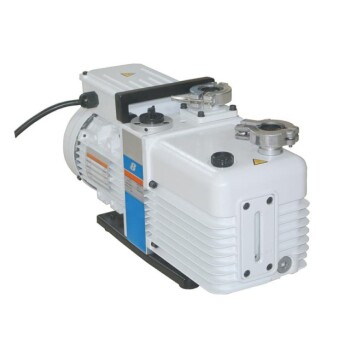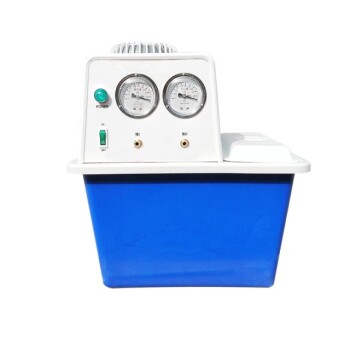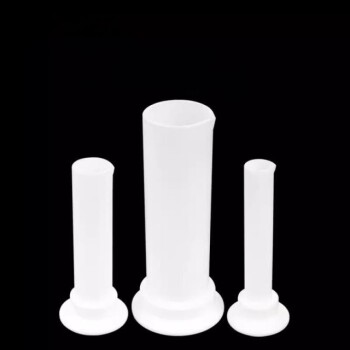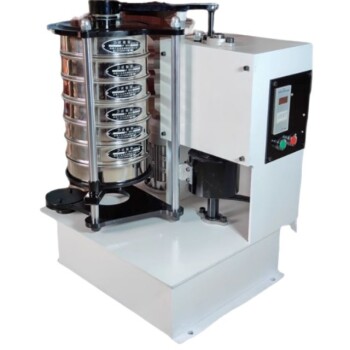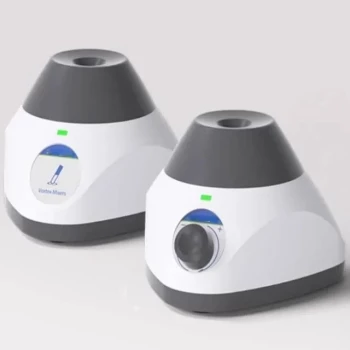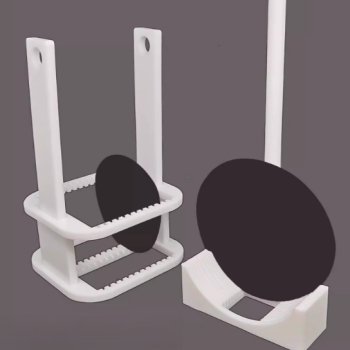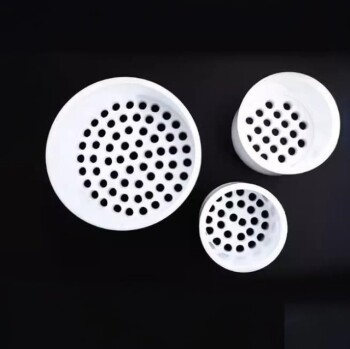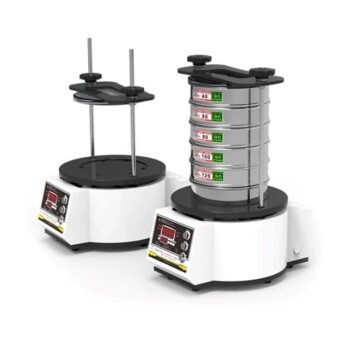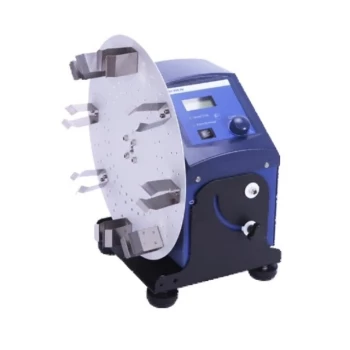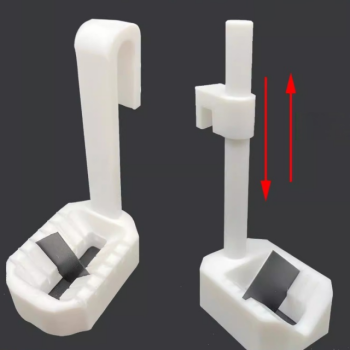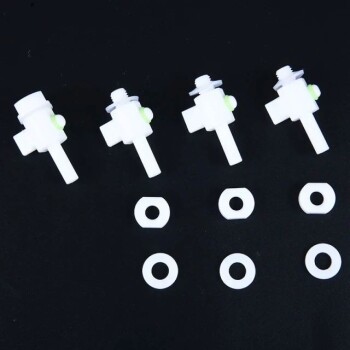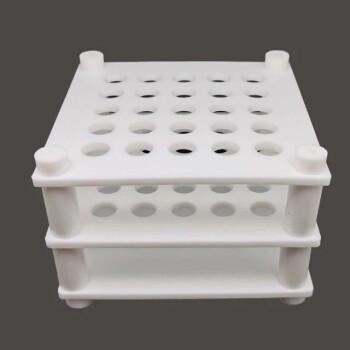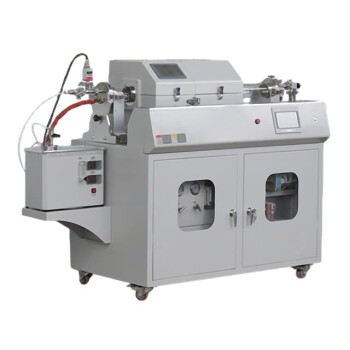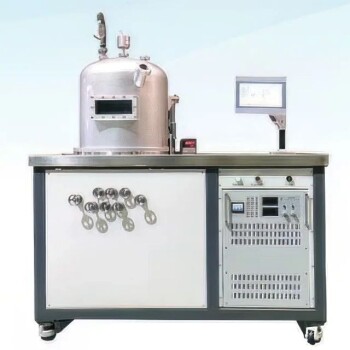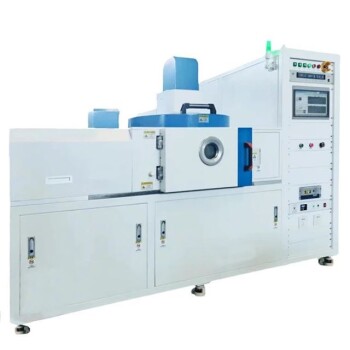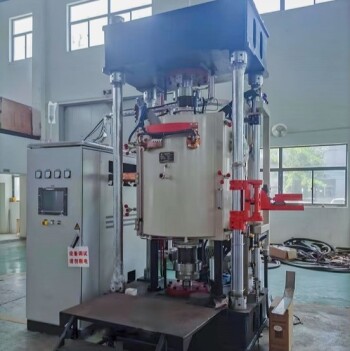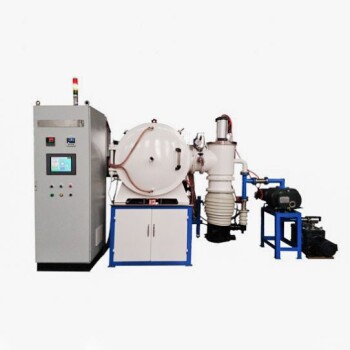Choosing an oil-free diaphragm pump involves more than comparing specs—it requires aligning technical capabilities with your unique operational demands. This guide bridges the gap between datasheet metrics and real-world performance, helping you optimize for chemical resistance, lifetime costs, and application-specific reliability.
Oil-Free Diaphragm Pump Selection: Beyond the Datasheet
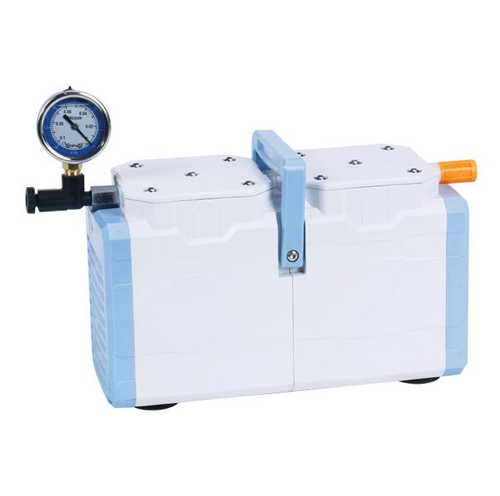
Key Insight: Pump specifications alone won’t guarantee success. Your application’s actual conditions—chemical exposure, duty cycles, and space constraints—dictate the ideal choice.
-
Flow Rate & Vacuum Levels:
- Rotary evaporation (5L flask): Requires ~2–5 L/min flow and 10–50 mbar ultimate vacuum.
- Freeze drying (medium chamber): Needs ~20–30 L/min flow and 0.1–1 mbar vacuum.
- Vacuum filtration (47mm membrane): Optimal at ~5–10 L/min and 50–200 mbar.
-
Chemical Compatibility:
PTFE diaphragms handle acetone and 10% HCl vapor well but degrade with chloroform. FFKM offers broader resistance but at a higher cost.
Translating Your Application into Technical Requirements
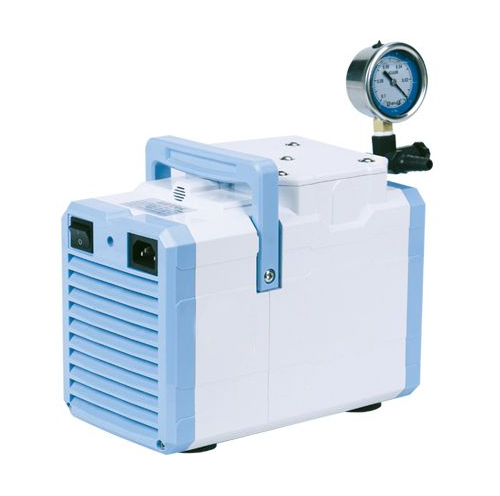
-
Duty Cycle Matters:
Continuous operation at 80% max vacuum stresses diaphragms more than intermittent 50% use, potentially halving lifespan. For 24/7 scenarios, prioritize pumps rated for heavy-duty cycles. -
Space & Noise Constraints:
Compact labs need pumps with vibration-dampening mounts (e.g., for mass spectrometers). Look for models with advanced bearing technology to reduce electrical noise.
Navigating Chemical Compatibility & Environmental Challenges
| Chemical | PTFE Diaphragm | FFKM Diaphragm |
|---|---|---|
| Acetone | Good | Excellent |
| Chloroform | Poor | Excellent |
| 10% HCl Vapor | Good | Excellent |
Pro Tip: Balance cost and longevity. FFKM suits aggressive chemicals but may be overkill for mild solvents.
Calculating True Lifetime Cost for Your Usage Scenario
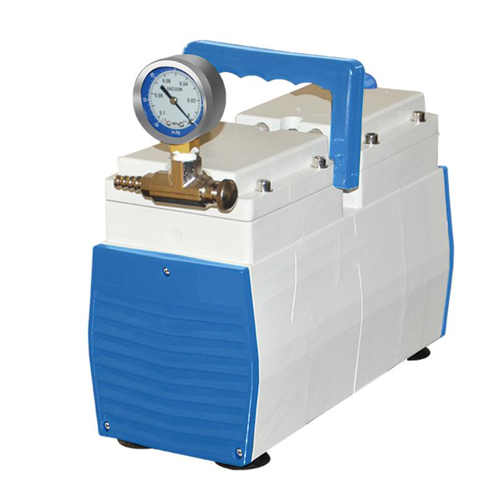
5-Year Cost Comparison (8 hrs/day, 5 days/week):
| Cost Factor | Oil-Free Diaphragm Pump | Oil-Lubricated Rotary Vane Pump |
|---|---|---|
| Initial Purchase | $2,000–$4,000 | $1,000–$2,500 |
| Maintenance (Parts/Labor) | $200–$500 | $1,500–$3,000 (oil changes, seals) |
| Energy Consumption | 10–20% lower | Higher due to friction |
| Total | $2,500–$5,000 | $4,000–$7,000 |
Why Oil-Free Wins: No oil disposal fees or contamination risks, reducing hidden costs.
Validating Performance: From Lab Bench to Production Floor
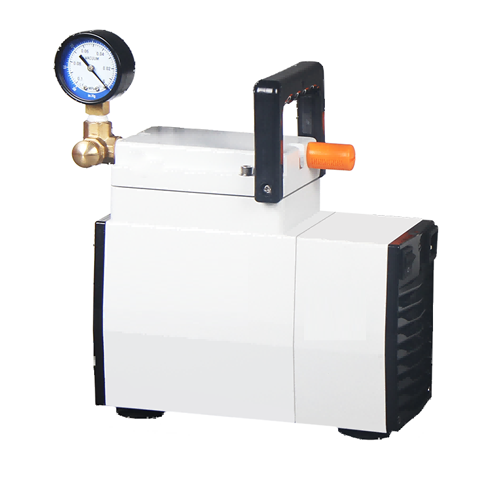
- Ask for Case Studies: Manufacturers often share real-world data on pump performance in similar applications (e.g., freeze drying or solvent handling).
- Test Under Load: Simulate your process conditions during trials. Monitor vacuum stability and diaphragm wear over 48+ hours.
Future-Proofing Your Investment
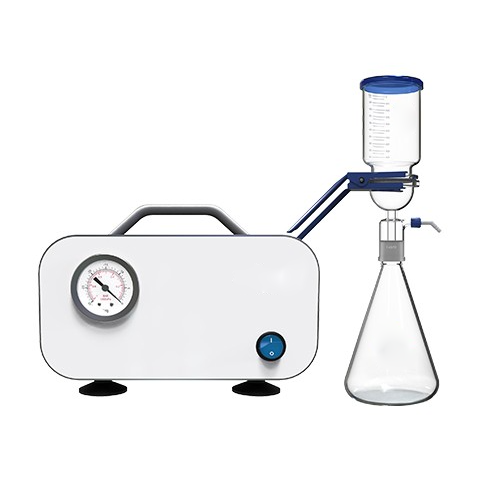
- Scalability: Choose pumps with modular designs for easy upgrades (e.g., adding filtration stages).
- Serviceability: Opt for brands offering local technical support and readily available spare parts.
Ready to Optimize Your Vacuum System?
KINTEK’s oil-free diaphragm pumps combine chemical resistance, low maintenance, and quiet operation—perfect for labs prioritizing precision and cost-efficiency. [Explore KINTEK’s solutions] to find a pump that aligns with your application’s demands.
Key Takeaway: The right pump isn’t just about specs; it’s about solving your challenges—from chemical exposure to total cost of ownership.
Related Products
- Laboratory Rotary Vane Vacuum Pump for Lab Use
- Laboratory Vertical Water Circulating Vacuum Pump for Lab Use
- Laboratory Benchtop Water Circulating Vacuum Pump for Lab Use
- Hydraulic Diaphragm Lab Filter Press for Laboratory Filtration
- Custom PTFE Teflon Parts Manufacturer for PTFE Measuring Cylinder 10/50/100ml
Related Articles
- Common Mistakes to Avoid When Using a Rotary Vacuum Evaporator
- Boost Your Efficiency Why A Rotary Evaporator Is Better
- Installation of Tube Furnace Fitting Tee
- A Comprehensive Guide to Understanding Rotary Evaporator Chillers
- A Step-by-Step Guide to Using a Rotary Vacuum Evaporator for Solvent Removal

